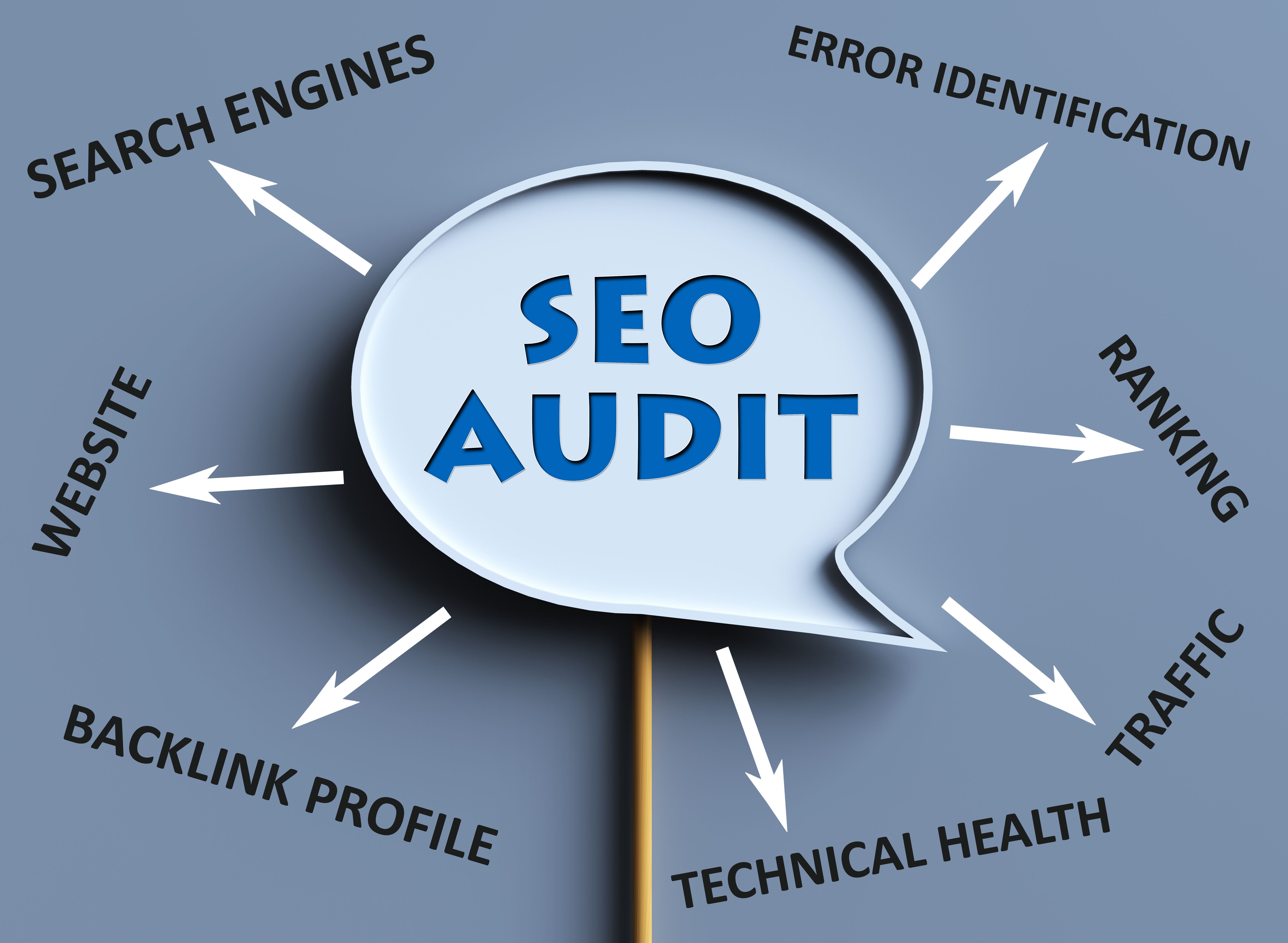Mastering SEO: A Step-by-Step Guide to Conducting a Website Audit
Understanding the Importance of a Website Audit
In the ever-evolving world of digital marketing, Search Engine Optimization (SEO) remains a cornerstone for enhancing online visibility. Conducting a comprehensive website audit is crucial for identifying areas of improvement and ensuring your site is optimized for search engines. A website audit helps pinpoint technical issues, discover content gaps, and assess overall site performance, providing a roadmap for boosting your SEO strategy.

Preparing for Your Website Audit
Before diving into the audit, it's essential to gather the necessary tools and resources. Equip yourself with SEO audit tools like Google Analytics, Google Search Console, and third-party platforms such as SEMrush or Ahrefs. These tools will provide valuable insights into your site's health and performance. Additionally, ensure you have access to your website's backend and any relevant analytics data to make the process as smooth as possible.
Technical SEO Audit
The foundation of any successful SEO strategy is a solid technical setup. Begin your audit by examining the website's technical aspects, such as site speed, mobile-friendliness, and secure connections (HTTPS). Check for broken links, duplicate content, and other crawl errors that may hinder search engine indexing. It's vital to address these issues promptly to improve user experience and search engine rankings.

On-Page SEO Analysis
On-page SEO focuses on optimizing individual pages for specific keywords and improving content quality. Ensure your title tags, meta descriptions, and headings are optimized and include relevant keywords. Evaluate the content on each page for readability, keyword density, and engagement. Rich, informative content not only appeals to users but also signals to search engines that your site is authoritative in its niche.
Content Quality and Structure
High-quality content is the backbone of effective SEO. Assess your existing content for relevance, accuracy, and value. Update outdated information and fill in content gaps where necessary. Consider organizing your content using a clear hierarchy with headings and subheadings to enhance readability. Employ internal linking strategies to guide users through related topics and improve site navigation.

Off-Page SEO Evaluation
Off-page SEO involves activities outside your website that impact its authority and ranking. Analyze your backlink profile to ensure you have a diverse range of high-quality links pointing to your site. Focus on building relationships with reputable sites and earning backlinks through guest blogging, partnerships, or creating shareable content. This will enhance your site's authority and trustworthiness in the eyes of search engines.
Analyzing User Experience
User experience (UX) plays a significant role in determining your site's success. Evaluate your website's design, navigation, and overall usability. A well-designed site that offers an intuitive user experience encourages visitors to stay longer and engage more deeply with your content. Optimize for mobile devices, as a growing number of users access websites via smartphones and tablets.
Developing an Action Plan
Once you've completed your website audit, it's crucial to develop an actionable plan to address the identified issues. Prioritize tasks based on their impact on SEO and user experience. Create a timeline for implementing changes and monitor progress regularly using analytics tools. Remember, SEO is an ongoing process that requires continuous monitoring and adjustments.

By mastering the art of conducting a thorough website audit, you can significantly enhance your site's performance and achieve better search engine rankings. Regular audits will keep your website aligned with the latest SEO best practices, ensuring long-term success in the competitive digital landscape.